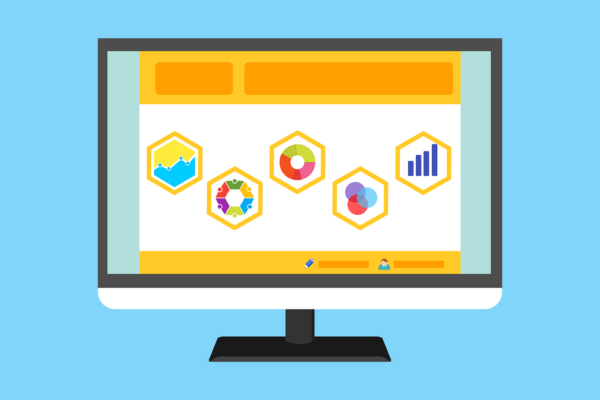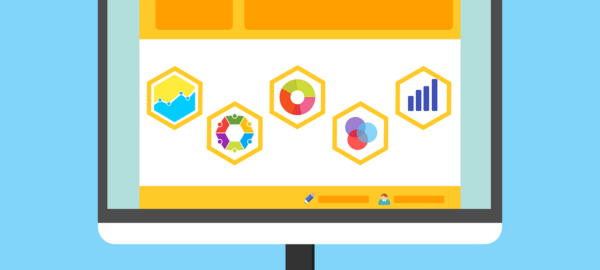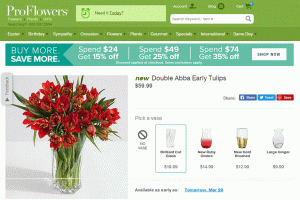The change in the consumer landscape over recent years has been undeniable. We’ve heard about retail businesses closing their stores. The COVID-19 pandemic appears to have only sped up the inevitable as more million-dollar and billion-dollar companies recently announced plans to close their doors.
Meanwhile, many companies have been ramping up their digital transformation efforts, pouring resources into building online assets to cater to customer behavior. Research has shown that at the end of March, 53 percent of consumers shopped online compared to 42 percent in the middle of March.
As consumers spend more money online, there are a lot of opportunities. The percentage of consumers buying from a mix of their favorite brands as well as new brands increased by 14 percent to 24 percent. The number of consumers buying solely from the typical brands they shop with dropped 8 percent to 44 percent.
It’s clear that the web should definitely play a role in your strategy to connect with customers, and in order to set yourself up to grow your business online, here are the top considerations.
Define your goals
Before you start any endeavor or program, even in your personal life, clearly define what your goals are. This is crucial because it not only guides your efforts but it also helps you evaluate them and determine whether your initiatives are actually productive.
Set goals for a certain time period, for example, a month, a quarter, six months, or a whole year. When you create your goals, you should be able to easily determine whether you’ve accomplished your goals or not. In order to do this, your goals should bear a few characteristics:
- Specific. What kind of goal is it? Does it pertain to your business as a whole or only to specific campaigns?
- Measurable. Know exactly what target numbers you’re aiming for.
- Realistic. Use previous benchmarks or take your data points over a brief period and use that to create a baseline.
Your goals will help you determine your key performance indicators (KPIs), which are metrics that make your goals measurable and help you gauge progress towards your goals.

200degrees / Pixabay
Collect data
Once you’ve set your KPIs, figure out what data you need to collect. In order to measure performance according to your goals, you need to ensure that you’re using the right tools to gather accurate data.
There are various web analytics tools that can help you track web traffic and analyze user behavior. You can use email marketing and marketing automation software to track data on campaign performance.
Test the implementation of your code or tools. Check the data quality and make sure the data you’re collecting is accurate and looks proper. You don’t want to base decisions on poor data or data that’s difficult to analyze.
No matter what your goals are, whether it’s tracking monthly visitors, subscriptions to your email list, downloads, or sales conversions, set the systems you need in place.
Review performance
After every period of time that you’ve defined for your goals, evaluate the performance against your goals. Analyze your data to figure out what worked well and what didn’t work.
Pinpoint any possible causes for the outcomes and any noticeable patterns. Do visitors who view certain pages convert better than others? Are visitors from specific traffic sources more likely to perform intended user actions?
Segmentation is crucial to analyzing performance. Think about various audience segments and how they engage with your web properties. Based on the results, think about new ideas to try.
Whatever your goals may be, identify your top performers and your laggards. You can assess whether you want to reallocate resources to your top performers or to improve the laggards.
Adjust and continue the process
You don’t have to be so rigid and only analyze performance when your defined period of time finishes. You can check on the status every once in a while to ensure that your systems are running smoothly.
Nor do you have to wait to make changes. If it’s clear that a campaign or a landing page isn’t working, update with changes and consider adjusting your timeline.
Using the insight that you gain from your analysis, set new goals and repeat the process. This will help you optimize and grow your online presence.
This article originally appeared on Agility PR and has been republished with permission.
Digital & Social Articles on Business 2 Community
(41)







